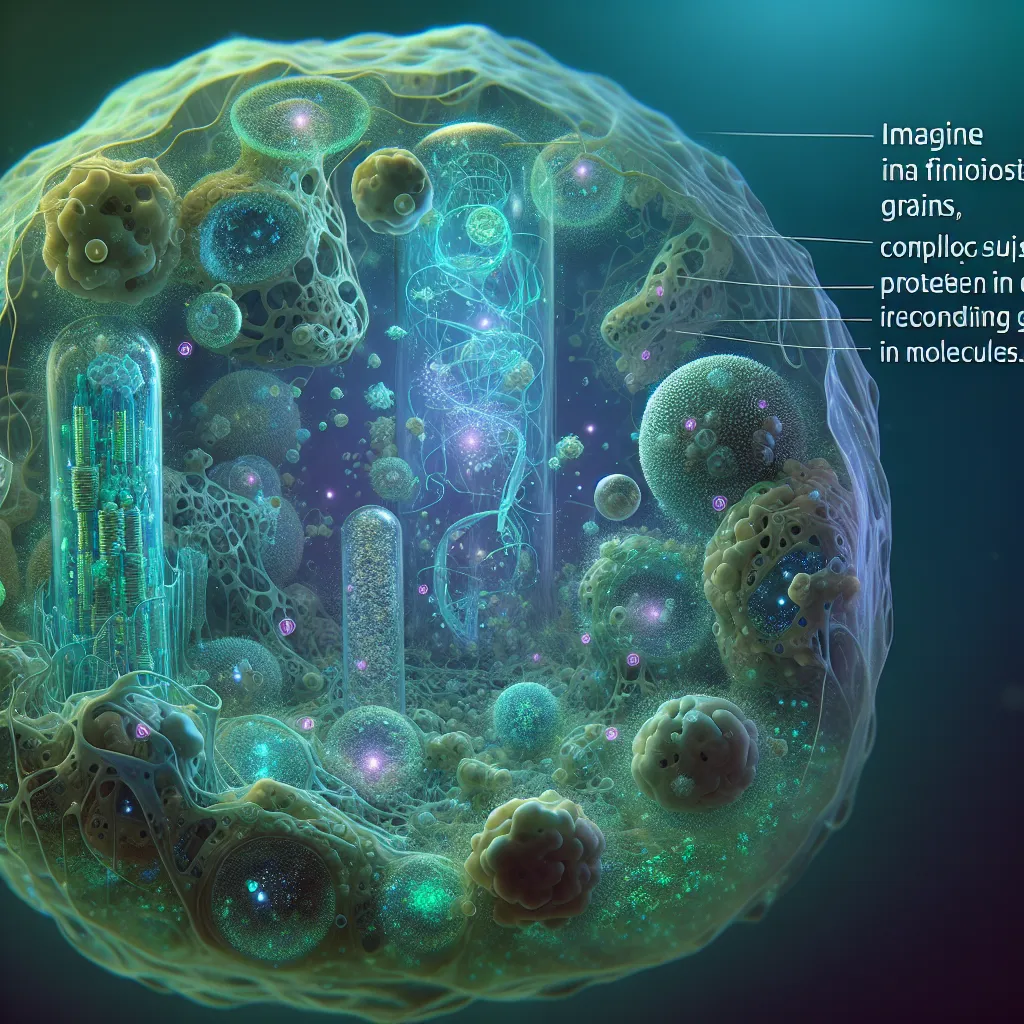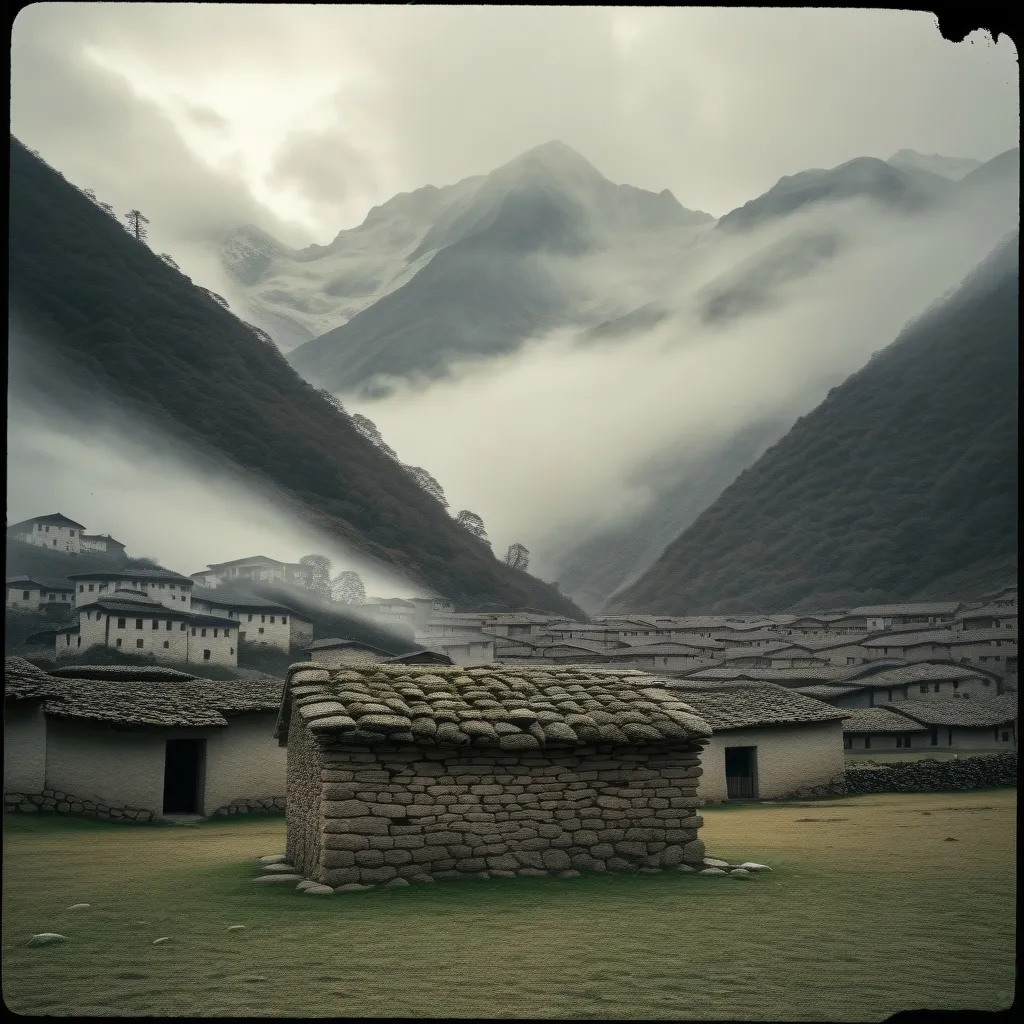You are made up of cells—tiny, biological robots that don’t feel anything. They follow a program that’s been evolving for billions of years, shaped by natural selection. These cells are driven by the fundamental forces of the universe, right at the border where physics meets biology. To truly appreciate how astounding they are, you need to dive deep into understanding them.
Imagine the room you’re in filled with trillions of grains of sand, billions of grains of rice, thousands of grapes, and a few apples. That’s a bit like what the inside of a cell looks like, numerically speaking. Cells are mostly filled with water molecules, which let everything else move around. The grains of rice and fruit pieces represent proteins—billions of them of over 10,000 different kinds, depending on the cell’s function. Essentially, your cells are little protein robots, as is all life.
Proteins, though dead things, make life happen. They perform the many hard jobs necessary for a cell’s survival—getting food, expelling waste, growing, reacting to stimuli, and replicating. This complex work is done using the language of life, where the words are proteins formed from amino acids, the “letters” of this language. When these protein “words” form together, they create biological pathways or sentences, allowing your cells to perform complex tasks like breaking down sugar.
Every protein is made up of chains of amino acids—21 different ones, to be exact. The sequencing of these amino acids gives proteins their unique functions. The instructions for protein creation come from your DNA, which, if stretched out from a single cell, would be about two meters long. All your DNA combined could reach the Sun and back over 20 times. About 1% of your DNA consists of genes, which work like dictionaries holding the words of the language of life.
These DNA instructions help cells know which proteins to produce and when. The complexity of these biological sentences is astounding—cells execute thousands of steps at any given moment. If this intricate communication stops, the cell dies. Dead proteins can manage these complex tasks thanks to the universe’s forces, particularly electromagnetism. Amino acids, strung together in long chains, fold into 3D shapes due to their electric charges. This folding lets proteins snap together or repel each other to perform specific functions.
For instance, imagine a toxin entering your cell. A specific protein might bind to the toxin, change shape, and trigger a sequence of reactions, eventually leading to the production of an antidote protein. This chain reaction is a biological pathway—a sentence in the language of life. Through mindless reactions, proteins solve problems and ensure cell survival.
Life’s complexity is mind-boggling and awe-inspiring. Proteins, though lifeless on their own, work together to create living cells. This phenomenon, called emergence, is seen everywhere in nature. Just like how dumb ants can build complex colonies by working together, mindless proteins create sophisticated systems in your body, forming tissues, organs, and even your thoughts.
In a universe where astronomical scales can make us feel small, delving into the inner workings of cells reveals a profound complexity that can make us feel extraordinary. Understanding these hidden layers of complexity gives us a deeper appreciation for the intricate dance of life taking place within us.






